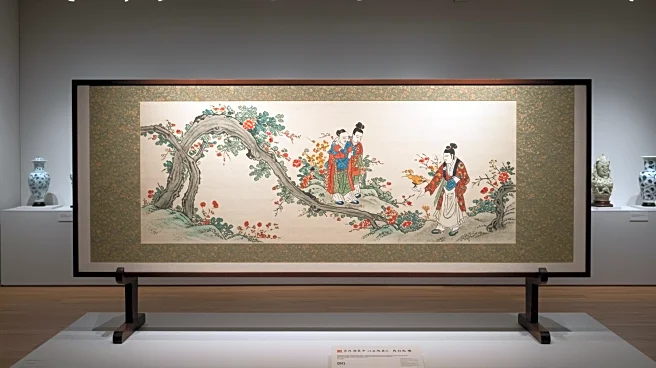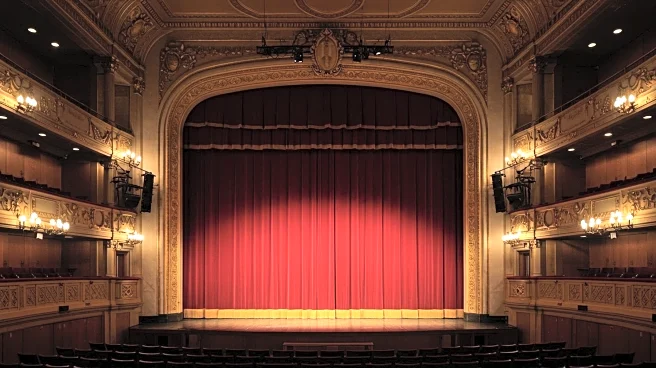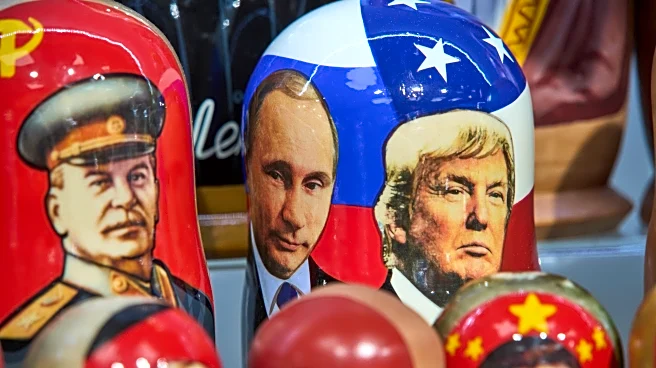What's Happening?
The Smithsonian’s National Museum of Asian Art (NMAA) is set to host the first U.S. exhibition of masterpieces from the collection of former Samsung Chairman Lee Kun-Hee. The exhibition, titled 'Korean Treasures,' will feature over 200 items spanning 1,500 years, including National Treasures designated by the Korean government. This exhibition is co-organized with the Art Institute of Chicago, the National Museum of Korea, and the National Museum of Modern and Contemporary Art in Korea. It will showcase a diverse range of items such as ancient Buddhist sculptures, ceramics, paintings, furnishings, and modern masterpieces. The exhibition is the largest and most comprehensive presentation of Korean art ever shown at the NMAA, and it will later travel to the Art Institute of Chicago and the British Museum.
Why It's Important?
This exhibition marks a significant cultural exchange between Korea and the United States, highlighting the depth and diversity of Korean art. It provides an opportunity for the Korean American community and other visitors to engage with Korean cultural heritage. The exhibition also reflects the growing global interest in Korean culture, which has been popularized through media such as films and music. By showcasing these treasures, the NMAA aims to reach a wider audience and foster appreciation for Korean art and history.
What's Next?
The 'Korean Treasures' exhibition will be on display at the NMAA from November 8 through February 1, 2026. Following its run in Washington, D.C., the exhibition will travel to the Art Institute of Chicago and the British Museum, allowing more audiences to experience the collection. The exhibition's success could lead to further collaborations and cultural exchanges between the involved institutions.
Beyond the Headlines
The exhibition not only showcases art but also serves as a testament to the legacy of Lee Kun-Hee, whose collection was donated to the Republic of Korea by his family. The digitization and registration of the collection have made it accessible for curators and researchers, facilitating the organization of such large-scale exhibitions. This event underscores the importance of preserving and sharing cultural heritage on a global scale.














